Officially unveiled!The second national botanical garden is here!
Author:Chinese Green Watchman Time:2022.07.11
This morning
South China National Botanical Garden
Unveiled in Guangzhou
This is after Beijing National Botanical Garden
The second national botanical garden established in my country
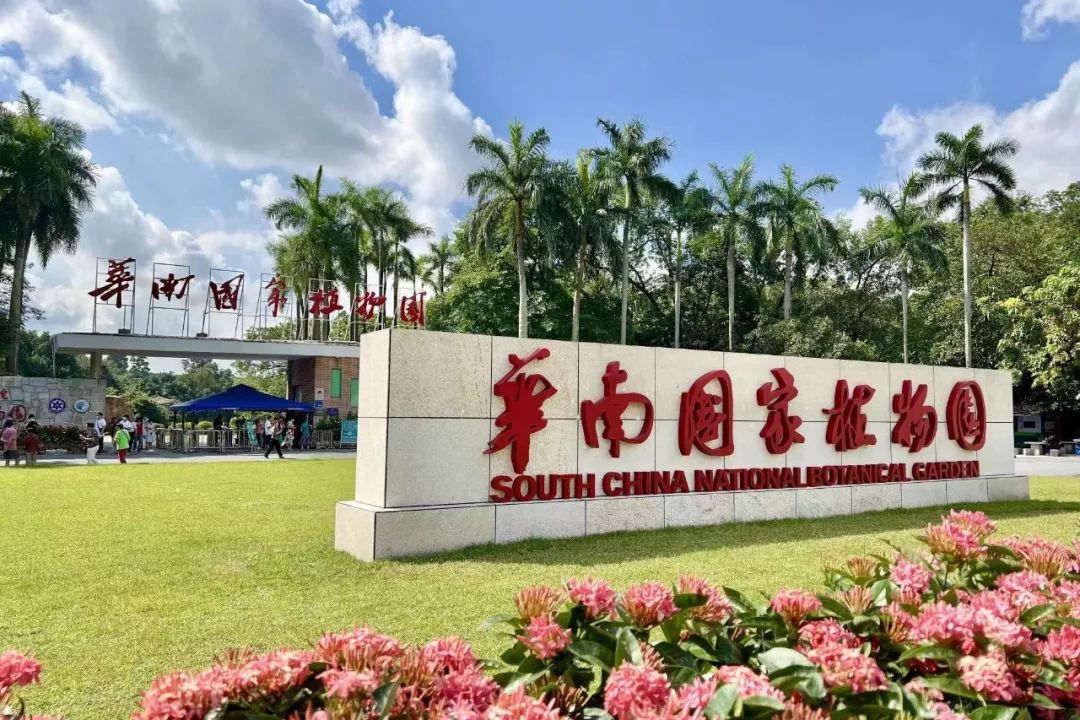
South China National Botanical Garden
It is currently the world's largest South Asian tropical botanical garden
It is also the oldest in our country
One of the botanical research and plant protection institutions
The total area of the exhibition area and the scientific research area reaches 333 hectares
Mainly based on South China
Global tropical subtropical regions
Plant conservation, scientific research and knowledge dissemination
From tropical rain forests to alpine plants
From Qihua Fruit to Desert Plants
Plants that are conservation of the South China Botanical Garden
More than 17,000 kinds
Among the plants that have been successfully relocated in the garden
Including 643 species of rare endangered plants
337 species of national key wild protection plants
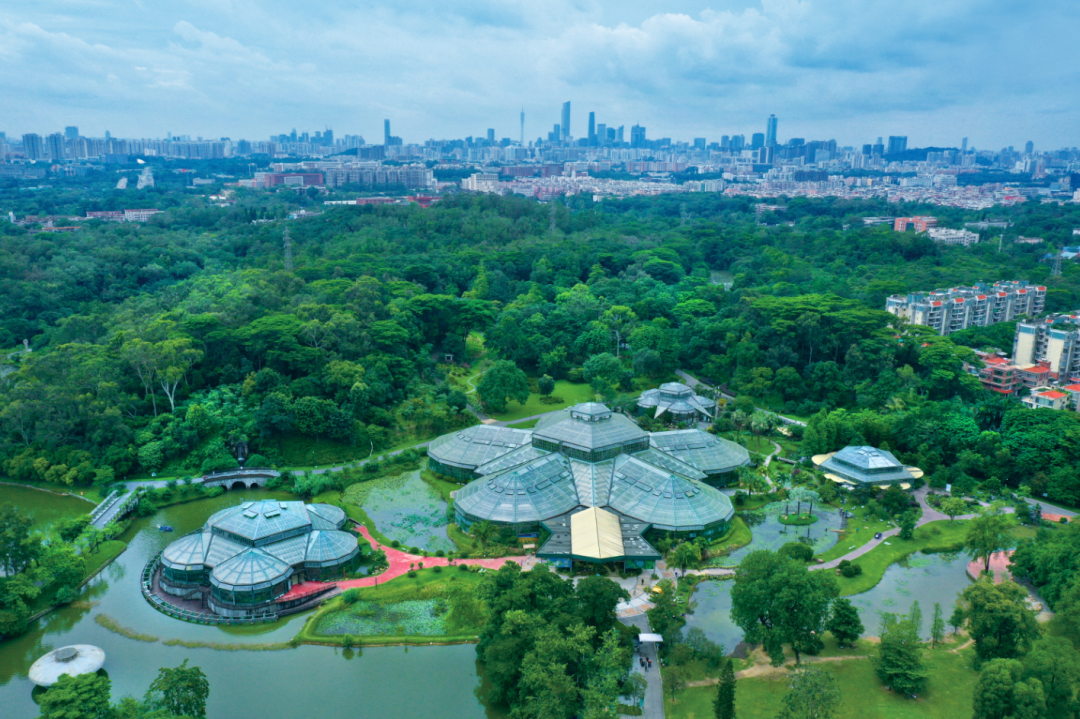
South China Botanical Garden

Why build a national botanical garden system?
Focus on relocation protection
Responsible for protecting biological diversity
If "protecting endangered species" is the mission of botanical gardens, "living plants collection and information management" is the soul of the botanical garden, then the establishment of the national botanical garden represents the highest level of national plant relocation protection and research.
As a unique oasis on the global North Tropic, the South China National Botanical Garden is not only echoed with the National Botanical Garden in Beijing, which constitutes the national botanical system of China, but also assumes the heavy responsibility of the protection of the global northern rounded plant species.
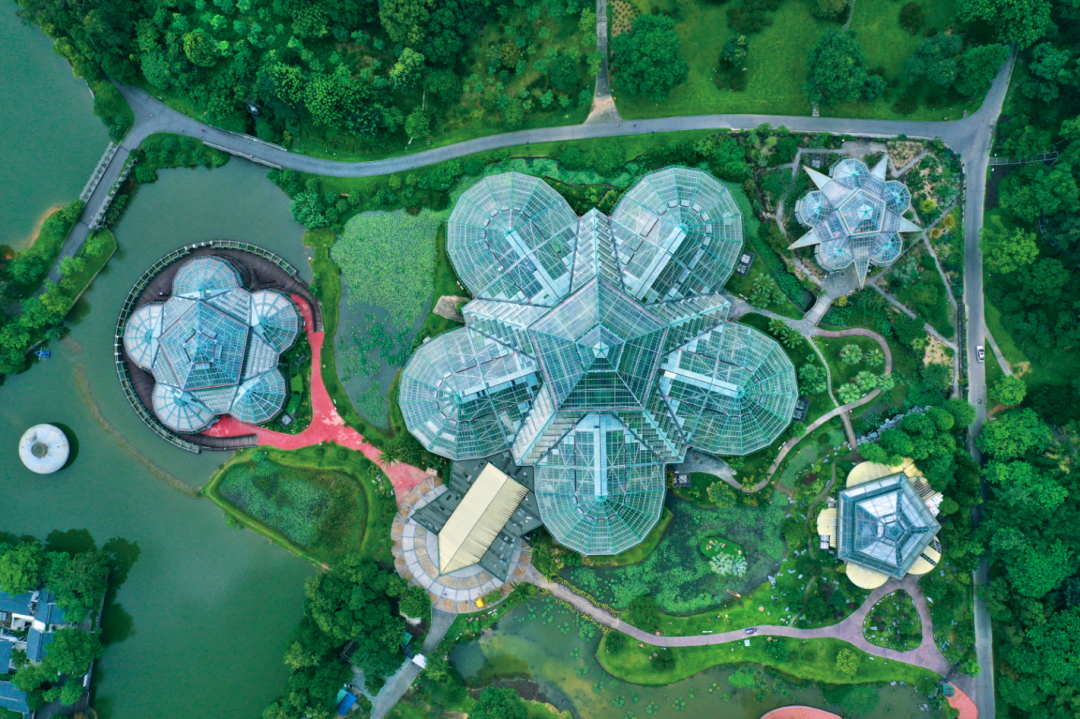
Overlooking from high altitude, four huge "kapok" in the lakeside of the South China Botanical Garden bloomed quietly. This is the "World Plant Greenhouse Scenic Area", which is considered to be one of the iconic buildings in Guangzhou.
China needs the national botanical garden system. By comprehensively considering the local protection and relocation protection of species, it jointly formulates the national protection action plan, and finally effectively protects 100%of plant diversity in my country and achieves sustainable use.
Ren Hai, director of the South China Botanical Garden of the Chinese Academy of Sciences, said that after becoming a national botanical garden, the South China Botanical Garden should work with other national botanical gardens and the brothers of the botanical garden to explore the national botanical management and operation system and mechanisms that meet the international conditions, including being a national botanical garden in some national botanical gardens Standards. In addition, we must further focus on the main responsibility of the country, and further focus on the movement of strategic biological resources, local plants, rare endangered plants, and economic plants with important value.


Why choose Guangzhou?
Under superior natural conditions
There are many types of biology and fast growth

"Throughout the cities across the country, Guangzhou is a rare city of mountains, water, cities, fields, lakes, and sea in large cities." In the view of Wu Min, deputy director of the Guangzhou Forestry and Garden Bureau, Guangzhou has it. The unique natural conditions have provided unique prerequisites for the construction of a national botanical garden.
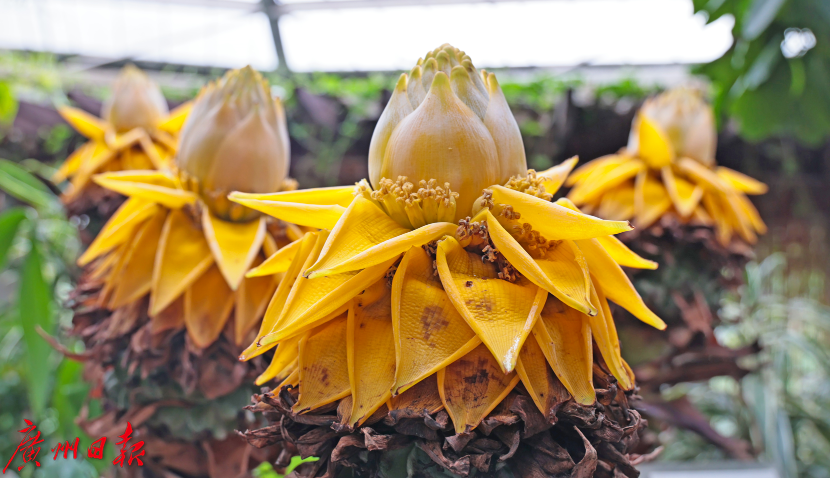
Di Yong Jinlian
According to statistics, the existing vascular plants in Guangzhou are as many as 3508 departments of 230 subjects. Among the national key protection of wild plants, there are 20 species in Guangzhou. Among them, Shuisong and Boleshus belong to the national key protection of wild plants. There are 5 species of Guangzhou in the provincial key protection of wild plants.
Wu Min said that Guangzhou is currently one of the 34 biological hotspots in the world. It is a rare green pearl on the background of the North. It is the core distribution area of the most representative monsoon evergreen broad -leaved forest in my country. Known as the most abundant area of global plant resources. In addition, Guangzhou is a national central city and one of the core engines of the development of the Greater Bay Area. Guangzhou has a history of more than 2,200 years of construction. Lingnan culture has a long history and is compatible with compatibility. Guangzhou is also the birthplace of Lingnan Garden, one of the three major garden genres in China.
"These natural conditions and urban local advantages have provided sufficient feasibility in Guangzhou in terms of plant protection, research, science popularization, etc." Wu Min said.


Why choose South China Botanical Garden? 75%of the Pearl River Delta
Local garden green plants come from here
Regarding the advantages of the South China Botanical Garden, Ren Hai, director of South China Botanical Garden, said that first of all, as one of the oldest botanical research and plant protection institutions in China, South China Botanical Garden ranked among the top nationwide.
Secondly, South China Botanical Garden has been based on South China for a long time and is committed to plant conservation, scientific research and knowledge dissemination in global tropical subtropical regions. Its botany, ecology, and agronomy are ranked among the top 1%of the world.
South China Botanical Garden
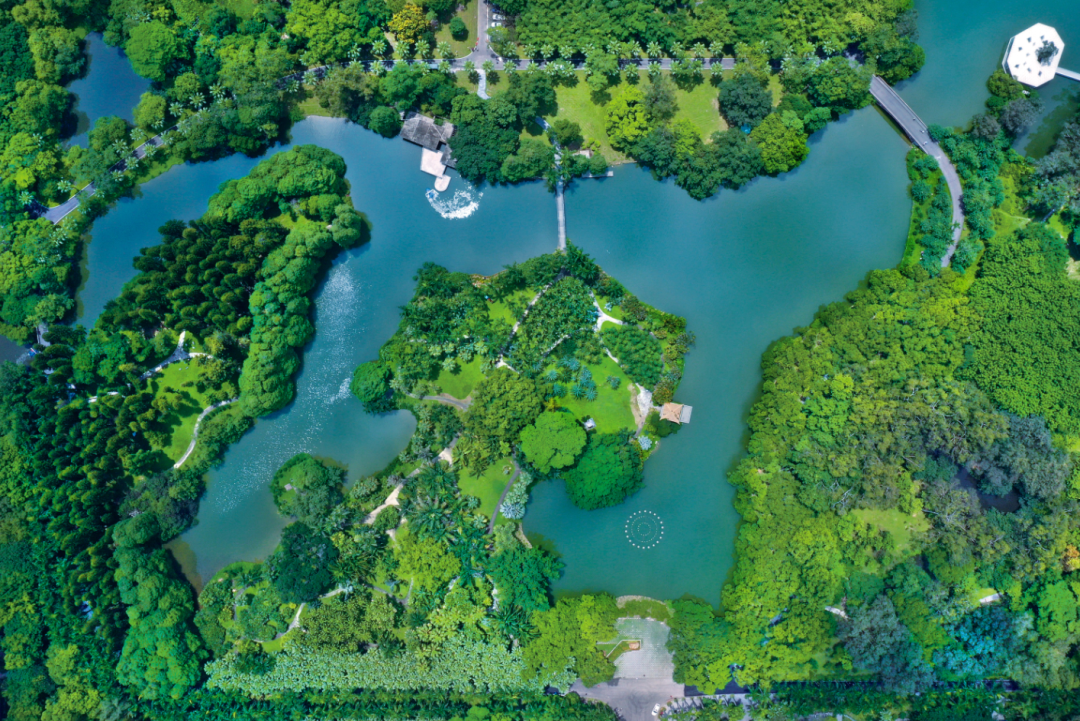
Third, the South China Botanical Garden is the highest member unit of the International Botanical Garden Protection Alliance (BGCI). In 2019, the international assessment believes that the South China Botanical Garden ranks among the top in the world in terms of conservation, scientific research, science education, and resource utilization. According to statistics, the origin of 75%of the local garden green plants in the Pearl River Delta comes from the South China Botanical Garden, which has great advantages in South China Botanical Garden in terms of plant resources.
It is reported that the South China Botanical Garden is currently relocated to protect 1,7168 classification groups, 643 rare endangered plants, and 337 national key protected plants. In the 20000-2000-20-2 Comprehensive Protection Plan of "3E (Endemic Local Land, Endangered Endangered Economy) Plants), the number of categories of the South China National Botanical Garden relocated in the next 3 to 5 years, and 2,000 species were screened. The types of economic value are recommended to local governments. 200 kinds of research on botanical gardens are selected, 20 species of rare endangered plants or specialty species are selected to carry out field regression and development and utilization. The protection and sustainable use of plant resources provides a model, and at the same time provide effective demonstrations for plant protection and economic development in some parts of China.
Exploring unknown resources and protecting plant diversity has become a major mission and national strategic choice for human development. The national botanical garden will play its core, backbone and leading role in my country's botanical garden system.
In the next step, the South China Botanical Garden will establish a national plant relocation protection center. By carrying out the construction of plant relocation protection capabilities, the quality and efficiency of plant relocation protection are improved. Protect.
future:

Let South China National Botanical Garden
Become a Guangzhou Urban Ecological Business Card
China is one of the countries with the richest biological diversity in the world. However, about 10%of plants have been threatened by increasingly threatened due to their loss of habitats or crushing and excessive use of resources. Guangzhou is also one of the most threatened land areas. Therefore, the biodiversity in this area is both necessary and urgent.
For example, among the key protection of wild plants in the national I level of Guangzhou, the habitats of ordinary wild rice have been severely disturbed. The distributed area is covered by wild taro, vines, and elephant grass. In the trace, this species has been extinct in the field in Guangzhou.
In addition, there are 5 kinds of provincial key protection of wild plants in Guangzhou, such as spikes, sightseeing wood, short crooked Huanglian, horsesy tires and Morindae. The excavation is very serious. It is difficult to find more individuals and large groups in the wild.
"Guangzhou is located in the tropical region of South Asia. It is the richest area of plant resources in the world, but the protection of plant relocation is obviously insufficient. At present, the number of plant species conservation of botanical gardens is less than 25%. The latitude of the same latitude plant park to protect scientific research, "Wu Min said.
Wu Min said that Guangzhou will focus on the protection of plant relocation in South China, raising species conservation to more than 20,000 species, and 95%of the rare and endangered species in South China can be effectively relocated. At the same time, the research and development of extremist habitual and degraded ecosystem repair tools and key technologies provide Chinese solutions for the protection of global tropical subtropical vegetation, effectively filling the lack of scientific research in the protection of plant parks in the same latitude region, realizing the collection of plant group systems, complete preservation of complete preservation , High -level research and sustainable use to be at the forefront of the world.

In the future, Guangzhou will be committed to the integrated display of the knowledge of South Asia's tropical plant and Lingnan garden culture, enhance the level of Lingnan garden gardening display, enhance the science popularization education function, tell Chinese plant stories, highlight the charm of Chinese culture and biological diversity, support the green industry of the Bay Area, Value chain high -end extension.
The South China Botanical Garden you need to understand
Lead
1. Comprehensive ranking of the forefront of the country is one of the oldest botanical research and plant protection institutions in China.
2. Plant conservation, scientific research, and knowledge dissemination dedicated to global tropical subtropical regions. Its botany, ecology, and agronomy are ranked among the top 1%of the world.
3. It is the highest member unit of the International Botanical Garden Protection Alliance (BGCI).
In 2019, the international assessment believes that the South China Botanical Garden ranks among the top in the world in terms of conservation, scientific research, science education, and resource utilization.
Construction Content
1. Build the South China Genre Resource Library to improve the ability to relocate. 2. Build a scientific research platform for plant relocation protection and use to improve the level of scientific research capabilities.
3. Construction of South China Plant Resources R & D Center and demonstration sites to enhance the ability to develop and utilize plant resources.
4. Build a demonstration base for natural education and ecological civilization to enhance science popularization education capabilities.
5. Construction of high -level specialized parks, transform infrastructure, and improve the appearance and reputation of the botanical garden garden.
As the largest South Asian tropical botanical garden in China, South China Botanical Garden not only has three major parts: conservation and display area, scientific research and living area, Dinghu Mountain National Nature Reserve, but also in Dinghu Mountain and Heshan in Guangdong. A number of field ecological observation research sites such as scientific observation research stations and Xiao Liang's tropical coastal zone restoration and reconstruction positioning research stations, as well as key laboratories in digital botanical gardens in Guangdong Province.
The South China Botanical Garden, founded by Professor Chen Huanzheng, a well -known botanist, started from plant classification, and was established quickly in the academic status of the Chinese botanical community. In the years of over 90 years, the research of South China Botanical Garden has involved all areas of plant science, and research results have been awarded repeatedly in recent years.
Wang Lian
See the blood -sealing throat "poison Jianki
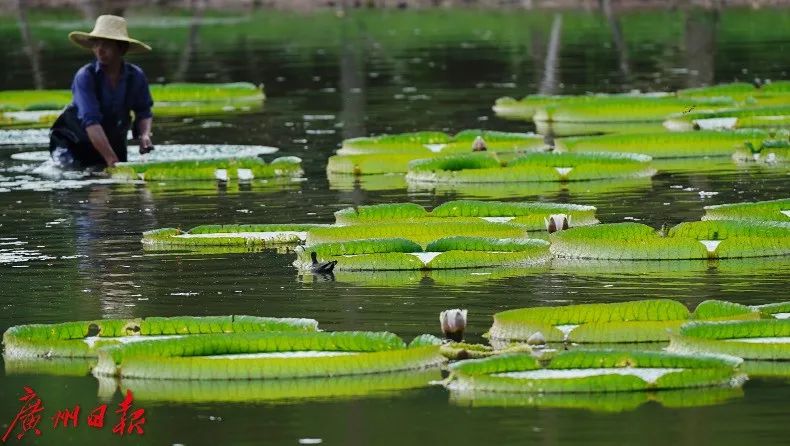
National Second -level Key Protection Wild Plants Tiger Yanhua
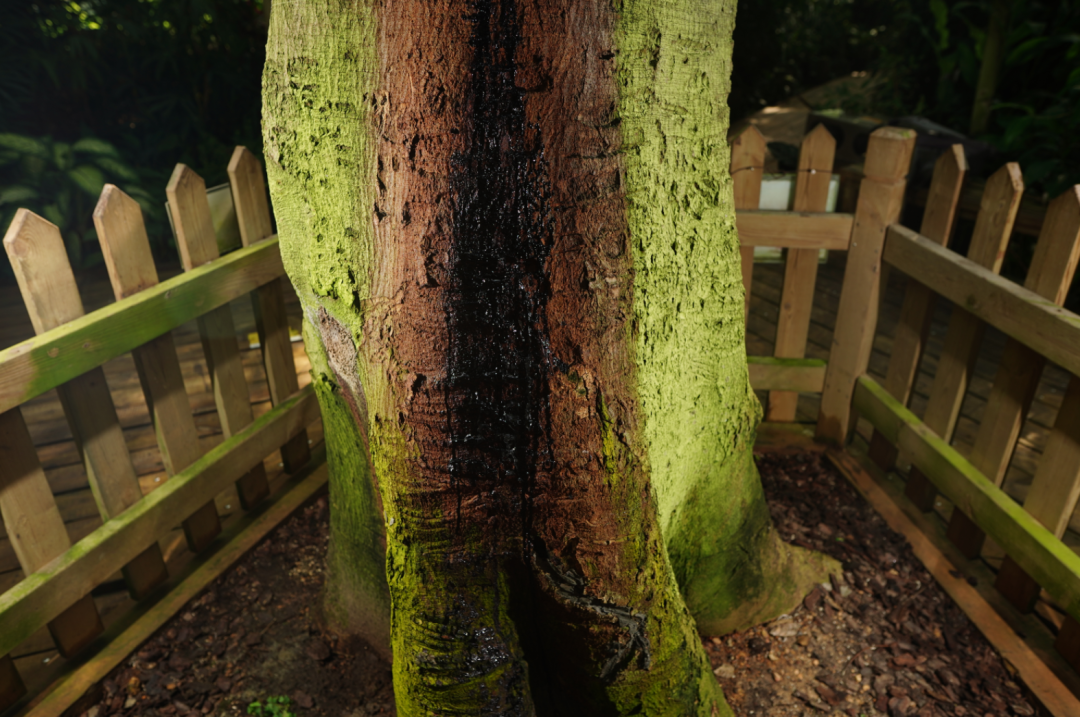
Artillery fruit
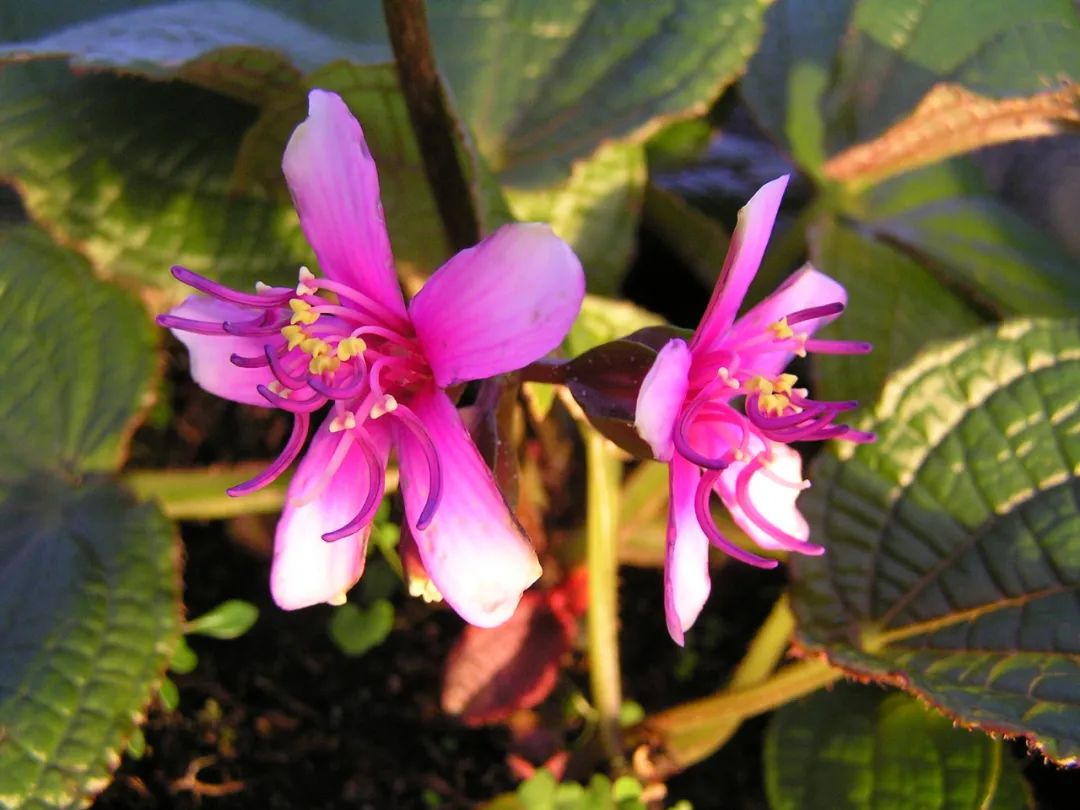
The South China Botanical Garden started from plant classification and established its academic status in the Chinese botanical community.
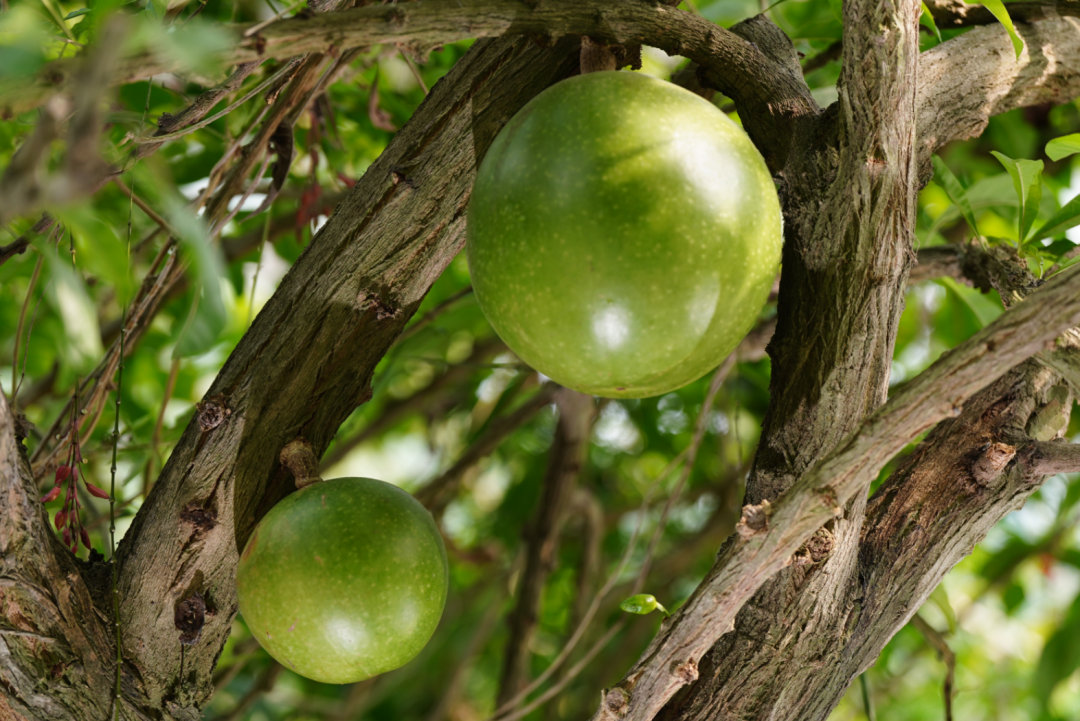
The research of plant genetics at the South China Botanical Garden has won more than 10 scientific research results awards at or above the provincial and ministerial level.
The South China Botanical Garden has collected 79 native species and more than 300 well -made orchids.
South China Botanical Garden is assumed to be the task of collecting endangered species and rescue when the habitat is destroyed or degraded.
South China Botanical Garden is full of technological greenhouse
As the "Noah's Ark" of endangered species, the botanical garden undertakes the task of collecting endangered species and saving when the habitat is destroyed or degraded. Ren Hai, director of the South China Botanical Garden of the Chinese Academy of Sciences, said that the South China Botanical Garden will continue to protect local plants, rare plants, threatening plants and economic plants, and prioritize the advantages and flagship species that have important effects and flagship species that have important effects on ecosystem stability. Species and crops with potential application value are wild -edge, actively carry out protective collection, focus on relocating the genetic diversity of species to protect species, and establish a germotic gene library.
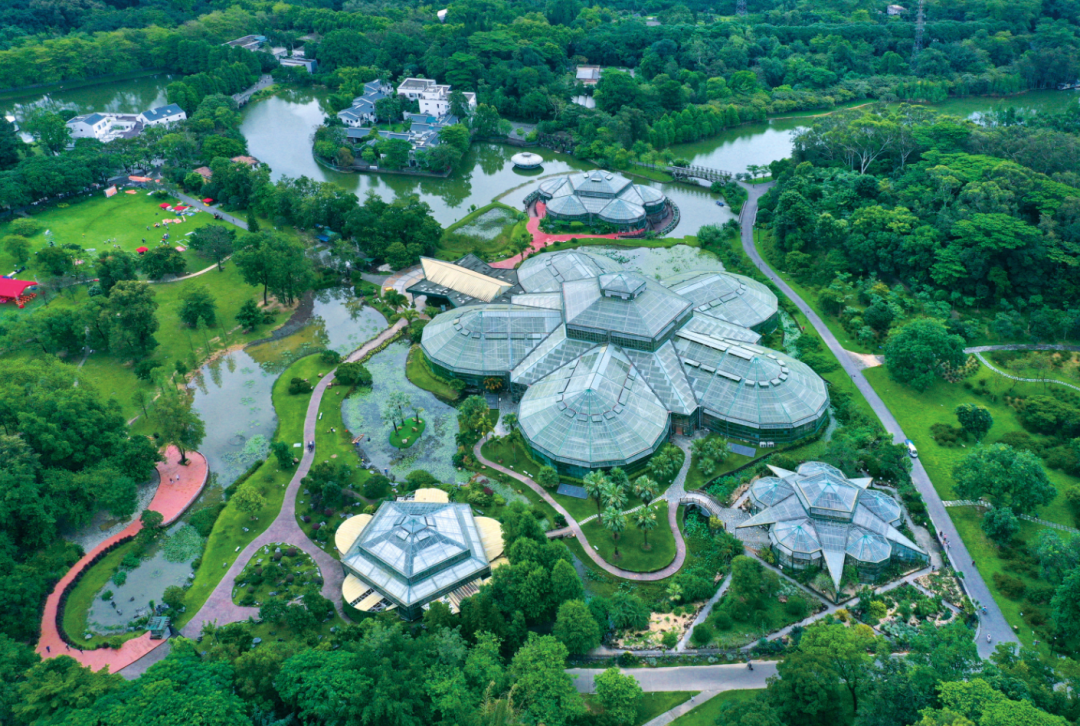
Magic Lantern
Demon Emperor
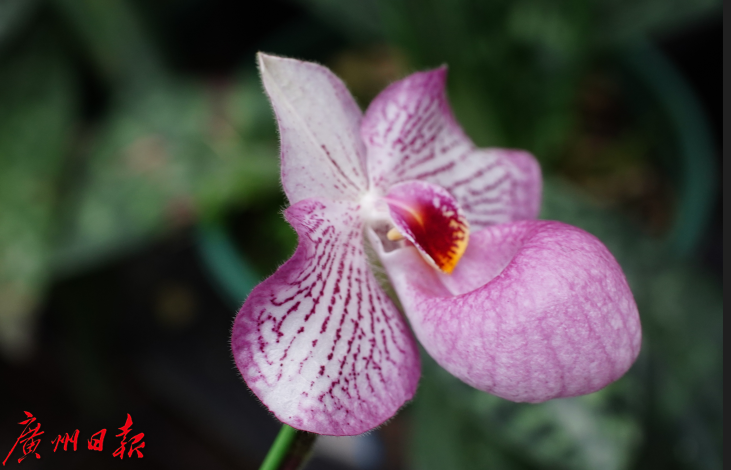
Photo Conferring in the South China Botanical Garden of Zhongke Handlan
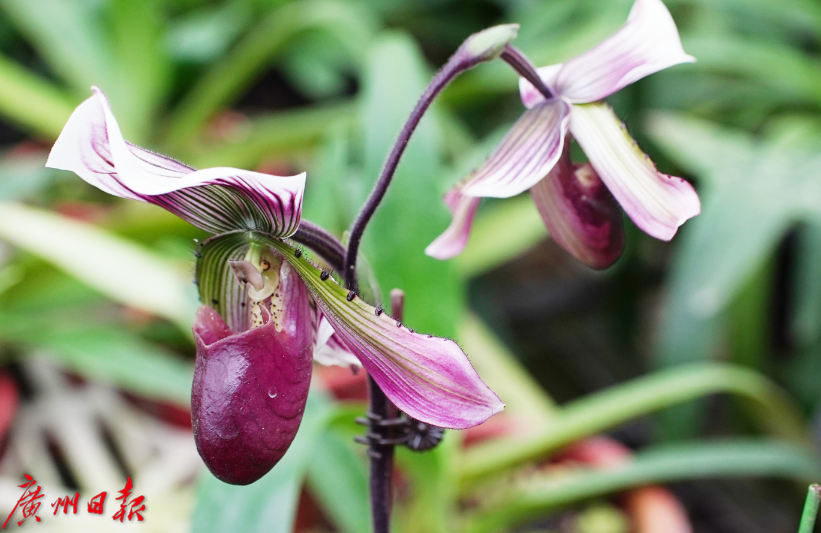
Wenfei Dragon
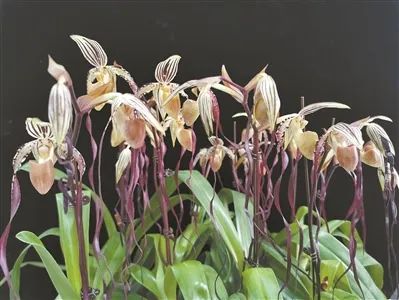
Comprehensive from Xinhuanet, Guangzhou Daily · Xinhua City, etc.
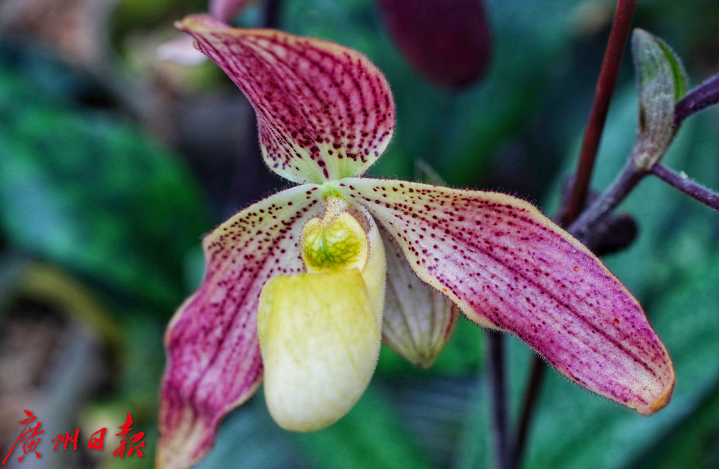
Executive Editor | Wen Yali
Edit | Anlu

Submit mailbox |[email protected]


- END -
Qingpu: Do a good job of preparations for flood control and build a "defense network" during the flood season

At present, Shanghai is about to enter the main flood season, and the test of Meiy...
Facing flood prevention tests, they retrograde in the wind and rain

Weitian Town Party and Government Office Selected Leaf Sex Leaf Sex Zezawa Touring...